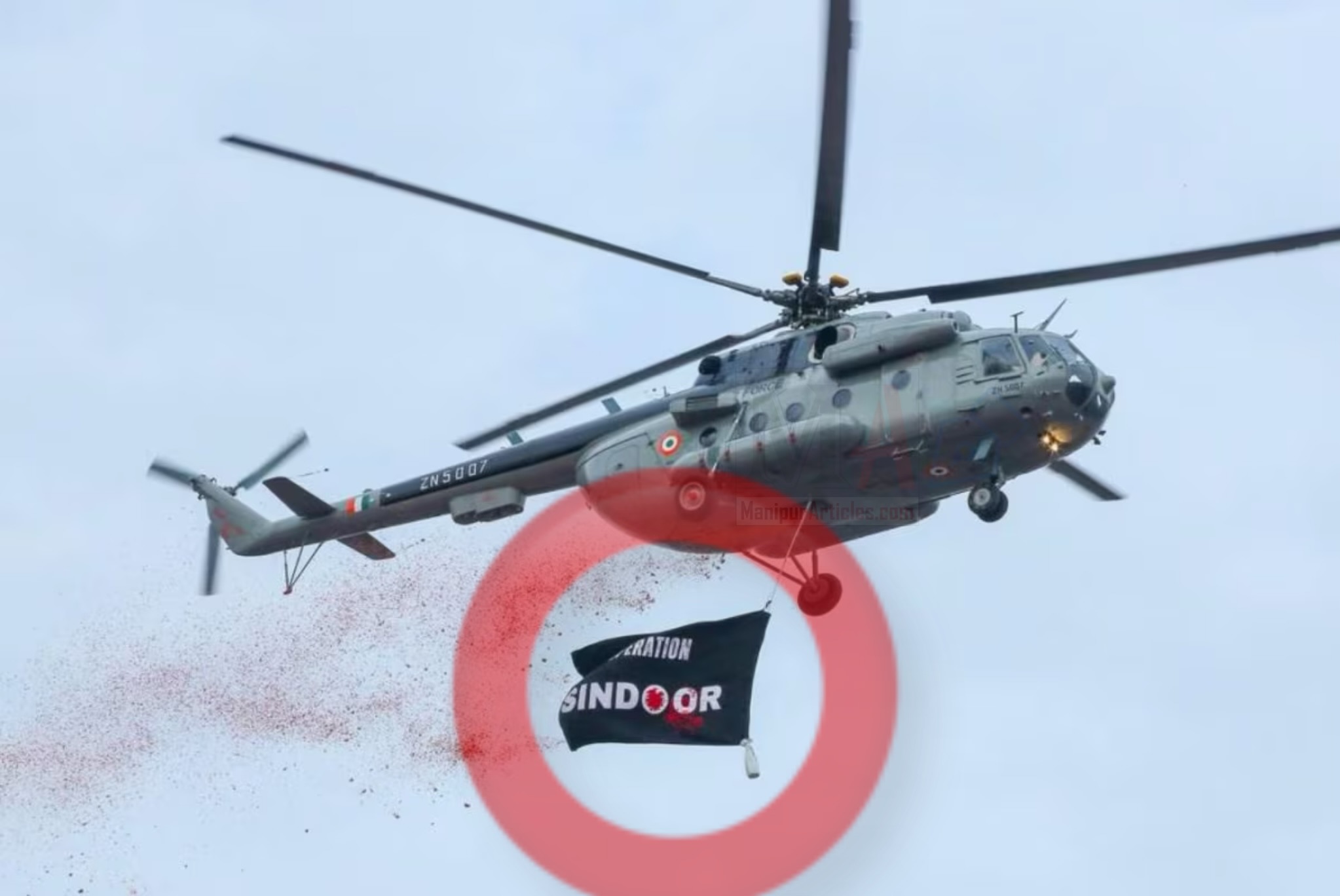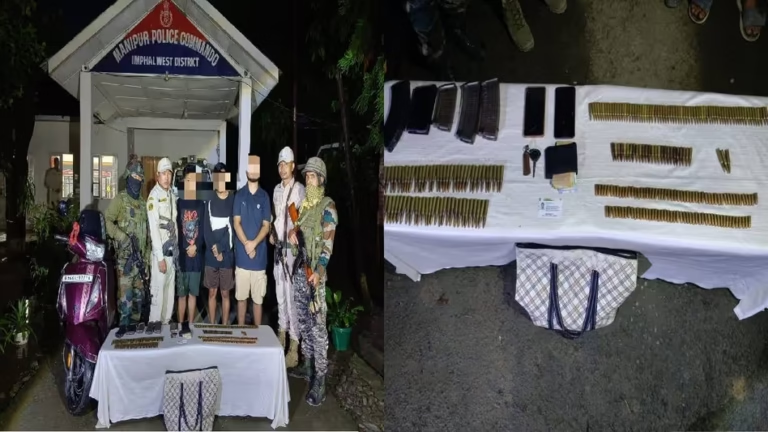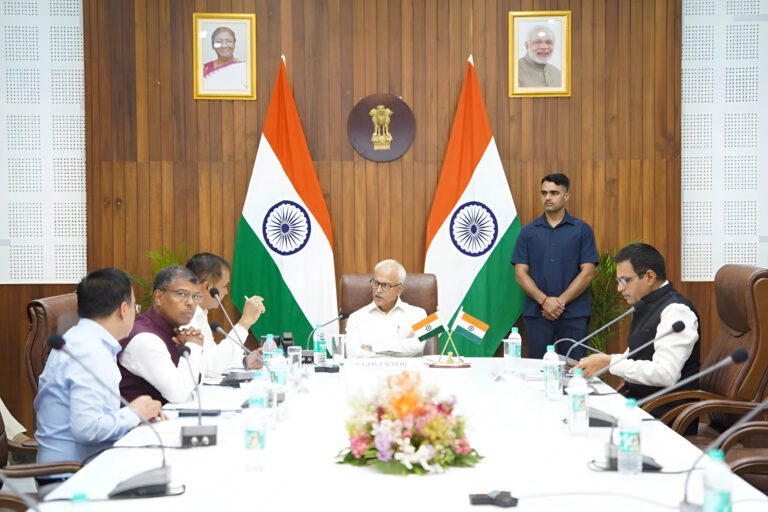INDEPENDENCE DAY 2025: 2 MI-17 CHOPPERS CARRY OP SINDOOR BANNERS ABOVE RED FORT, SHOWER PETALS
Short summary
On India’s 79th Independence Day at the Red Fort, two Indian Air Force Mi-17 helicopters flew over the ramparts in a moving aerial tableau — one trailing the national tricolour and showering flower petals on the grounds below, the other displaying a banner commemorating Operation Sindoor. The aerial display preceded Prime Minister Narendra Modi address and formed part of a broader commemoration that highlighted the recent military operation while reinforcing the Independence Day theme of a “Naya Bharat.”
Morning at the Red Fort: a scene painted in tricolour
If you were standing near the ramparts of the Red Fort on the morning of August 15, 2025, you’d have felt the air thick with ritual and spectacle — the flutter of the Tiranga, military bands, and the mix of hush and cheer as thousands watched. But then the sky itself joined the ceremony. Two Mi-17 helicopters of the Indian Air Force moved into position above the historic monument: one trailing a cascade of flower petals, evoking a poetic shower of respect; the other streaming a distinct banner marking Operation Sindoor, a recent military campaign that has become central to this year’s national conversation. It was a moment designed to blend tradition with the immediacy of contemporary defence achievement.
Why does the image of a helicopter showering petals feel so powerful? Because it turns a martial platform into a carrier of emotion and memory. The petals, falling slow as confetti, juxtaposed the might of a military aircraft with the gentleness of a national celebration — a deliberate choreography that delivers both spectacle and symbolism.
The aircraft, the display, and the message
The Mi-17 — a workhorse helicopter in India’s fleet — is no stranger to ceremonial duties. These aircraft have been used for petal showers and flag formations at national events before, but this time the display included the novel element of carrying the insignia of a named military operation. One helicopter performed the classic “tiranga shower,” a sight that has become a hallmark of major national ceremonies, while the second carried the banner and emblem associated with Operation Sindoor — a gesture that underscored the government’s decision to publicly honor the operation’s perceived success during a highly visible national platform.
Visual pageantry aside, such displays are carefully planned: aerial paths avoid sensitive airspace, timings are choreographed to the second, and aircraft and crew follow strict safety and ceremonial protocols. The intent here was clear — to make the skies over the Red Fort a stage that linked the pride of the nation with a narrative of defence achievement.
What is Operation Sindoor? (brief background)
Operation Sindoor entered the national lexicon earlier in 2025 after a series of calculated military moves. Reported accounts describe the operation as India’s response to a deadly terror attack and a coordinated set of strikes and counter-terrorism actions executed in early May. The government and defence officials framed it as a decisive action aimed at degrading terror infrastructure and asserting India’s operational capabilities — a theme which, in the months that followed, became a focal talking point of political leaders and official messaging
Importantly, marking Operation Sindoor during Independence Day celebrations was as much a political and cultural decision as it was an act of recognition for the armed forces. Independence Day, with its emotional currency, amplified the operation’s visibility across the country.
Conclusion — more than a photo: what the aerial tribute truly signals
The Mi-17 flypast at the Red Fort that showered petals and bore the Operation Sindoor banner was designed to be a statement: ceremonial, emotional, and strategic. It fused India’s long tradition of pageantry with the government’s desire to recognize contemporary defence actions in the nation’s most symbolic civic moment. Whether you see it primarily as tribute, political theater, or national morale building depends on your vantage point — and that plurality of interpretation is itself part of what makes public ritual powerful.
Five unique FAQs
Q1: What exactly happened with the Mi-17 helicopters at the Red Fort on Independence Day 2025?
A1: Two Indian Air Force Mi-17 helicopters flew above the Red Fort — one showered flower petals while the other displayed a banner associated with Operation Sindoor. This aerial display formed part of the Independence Day ceremonies.
Q2: Why was Operation Sindoor highlighted during Independence Day?
A2: The government chose to recognize Operation Sindoor during the ceremony as a public tribute to the armed forces involved and to integrate a recent national security achievement into the broader Independence Day narrative. Such recognition is also intended to boost morale and publicly underscore national resolve
Q3: Are petal showers from helicopters common at national events?
A3: Yes — aerial petal showers and flag formations have been used in earlier Republic and Independence Day ceremonies in India. The Mi-17 is often employed for such ceremonial flypasts.
Q4: Did the aerial display require special permissions or safety measures?
A4: Absolutely. Any aerial display over a dense urban and historic site like the Red Fort involves airspace clearance, precise flight planning, coordination with air traffic control, and safety protocols for both aircraft and ground audiences.
Q5: How did people react to the Operation Sindoor banner being shown during the celebrations?
A5: Public reaction was mixed: many praised the recognition of the armed forces and the dramatic symbolism; others questioned the blending of a national civic holiday with the explicit commemoration of a recent military operation. That mix of applause and debate reflects how public rituals often elicit diverse viewpoints. (General observation based on media response and social commentary.)
Sources and reporting referenced: NDTV coverage of the Independence Day aerial display; Hindustan Times visual reporting and context; Economic Times on defence commentary related to Operation Sindoor; IndiaTimes coverage of the Independence Day address and overall celebrations.





